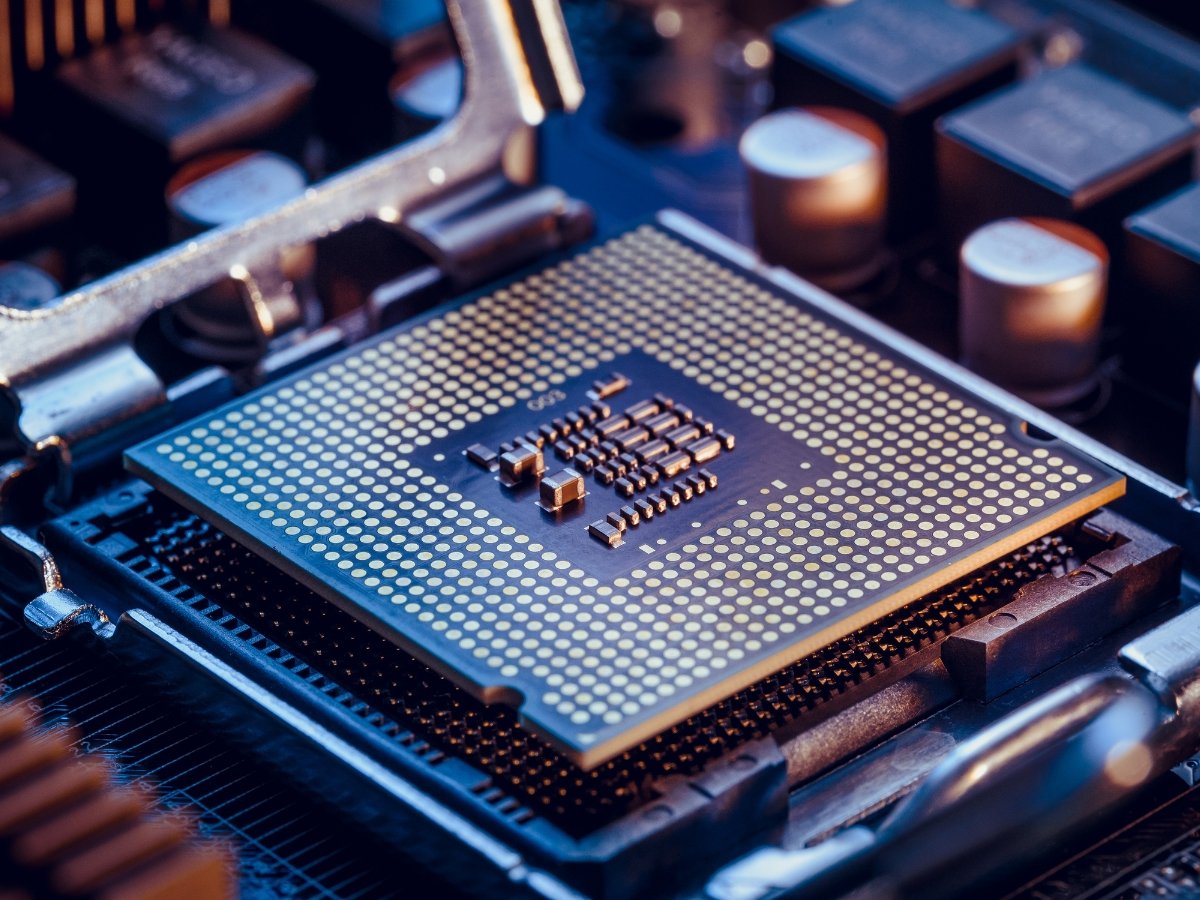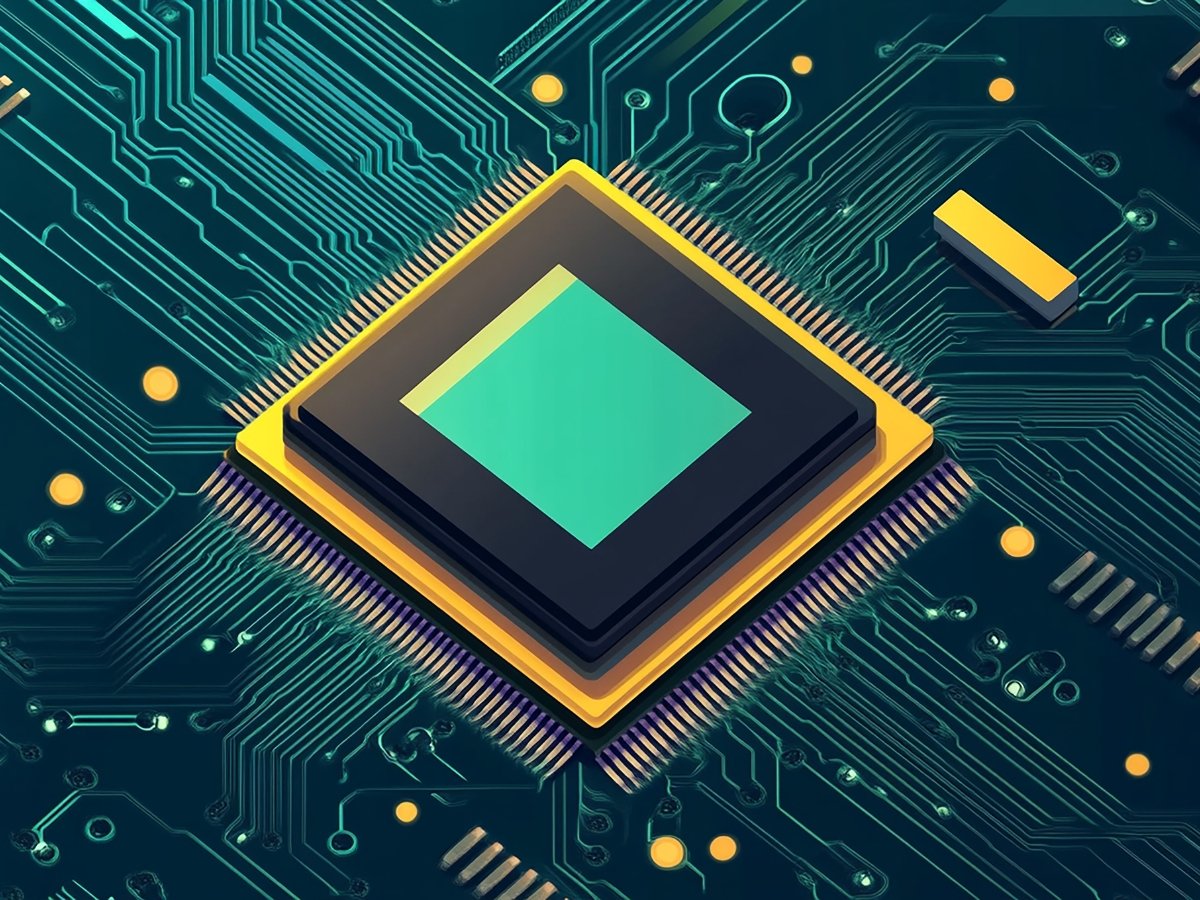With the semiconductor industry growing rapidly, the demand for skilled VLSI engineers is at an all-time high. Understanding VLSI design is essential for anyone looking to build a successful career in semiconductor technology and chip design.
What is VLSI?
VLSI (Very Large Scale Integration) is the process of integrating millions to billions of transistors onto a single chip. This advancement has revolutionized modern electronics by making devices more powerful, efficient and compact.
Key Benefits of VLSI Technology
- Miniaturization – Reduces the size of electronic circuits while increasing efficiency.
- High-Speed Processing – Enables advanced computing and real-time data processing.
- Energy Efficiency – Optimizes power consumption for extended battery life in portable devices.
- Cost Reduction – Reduces the number of discrete components, lowering manufacturing costs.
- Reliability – Enhances system performance, reducing failures and malfunctions.
The Evolution of VLSI Technology
VLSI is part of a continuous evolution in semiconductor technology. Understanding its progression helps in appreciating how the industry has reached its current level of advancement.
1. Small Scale Integration (SSI) – 1960s
- Only a few transistors (10-100) per chip.
- Used in early calculators and communication devices.
2. Medium Scale Integration (MSI) – 1970s
- Hundreds of transistors per chip.
- Enabled improved performance and more complex circuit designs.
3. Large Scale Integration (LSI) – 1980s
- Thousands of transistors per chip.
- Used in early microprocessors and memory devices.
4. Very Large Scale Integration (VLSI) – 1990s-Present
- Millions to billions of transistors per chip.
- Allowed miniaturization of consumer electronics and high-performance computing.
5. Ultra-Large Scale Integration (ULSI) and Giga Scale Integration (GSI) – The Future
- Billions+ transistors per chip.
- Powering AI, quantum computing and next-gen communication technologies.
VLSI Design Process: How Chips Are Made
The VLSI design process is a multi-step journey that involves advanced engineering and precision.
- Defining Requirements
Establishes functional needs, processing power and power consumption targets.
- High-Level Design
Engineers design the chip architecture and component interaction.
- Circuit Design & Layout
Electronic Design Automation (EDA) tools help create the transistor-level circuit.
- Verification & Simulation
The chip design is tested for errors using simulation software.
- Fabrication & Testing
The final design is sent for semiconductor fabrication and undergoes rigorous testing.
- Packaging & Deployment
The chip is packaged and integrated into electronic devices.
Does VLSI Require Coding?
Yes, VLSI design requires programming. Unlike traditional software development, VLSI engineers use specialized hardware description languages (HDLs) to design and verify circuits.
Common Programming Languages in VLSI
- Verilog & VHDL – Used for digital circuit design and simulation.
- SystemVerilog – Advanced verification for complex ICs.
- TCL & Python – Used for automating design tasks in VLSI tools.
- C & C++ – Essential for embedded systems and hardware acceleration.
VLSI engineers also work with EDA tools from leading companies like Synopsys, Cadence and Mentor Graphics.
Career Opportunities in VLSI
The demand for VLSI engineers is skyrocketing as semiconductor firms seek professionals for AI chips, 5G processors and IoT devices.
Top Job Roles in VLSI
- VLSI Design Engineer – Develops digital and analog circuits for ICs.
- Physical Design Engineer – Optimizes chip layouts for performance and power efficiency.
- Verification Engineer – Tests and verifies chip functionality.
- ASIC Engineer – Works on custom chip designs for high-performance computing.
- FPGA Design Engineer – Develops reconfigurable hardware for AI and communication systems.
Average Salaries in VLSI
- Entry-Level (0-3 years) – ₹6-12 LPA
- Mid-Level (5+ years) – ₹15-40 LPA
- Senior-Level (10+ years) – ₹30-80 LPA
- Global Semiconductor Engineers – $120,000+ per year
With India’s semiconductor industry booming, now is the best time to enter the field.
How to Learn VLSI? Best Way to Get Into Semiconductor Industry
To break into VLSI and chip design, structured training is essential. A certified VLSI course provides:
- Hands-on Learning with Industry-Standard EDA Tools
- Mentorship from Semiconductor Experts
- Placement Assistance in Top Semiconductor Companies
Why Choose an IIT-Certified VLSI Course?
An IIT certification in VLSI holds immense value in the job market.
MOSart Labs’ IIT Bhubaneswar-Certified VLSI Course
MOSart Labs, in collaboration with IIT Bhubaneswar, offers India’s first IIT-certified Professional Diploma in Semiconductor Technology and Chip Design.
Why This Course Stands Out
- IIT Bhubaneswar Certification – Industry-recognized qualification.
- Hands-On Learning – Work with industry-standard EDA tools and real-world projects.
- 4-Week IIT Campus Immersion – Experience the IIT ecosystem and interact with top faculty.
- 100% Placement Assistance – Secure jobs in semiconductor & chip design companies.
- No EMI Burden Until You Get a Job – Financial assistance available with EMI support until placement.
Who Should Join?
- Final-year ECE/EEE students – Secure a job-ready VLSI certification before graduation.
- Working professionals – Transition into high-paying semiconductor jobs.
- Aspiring VLSI Engineers – Gain expertise needed for India’s booming chip design industry.
Conclusion: Why VLSI is the Future
With the semiconductor industry growing at an unprecedented rate, VLSI design is one of the most promising career paths today.
Whether you’re an engineering student exploring career options or a professional looking to enter a core tech job, learning VLSI design will open doors to high-paying, future-proof careers.
The IIT Bhubaneswar-certified VLSI program by MOSart Labs provides the perfect launchpad to enter the semiconductor industry with specialized training and real-world experience.



